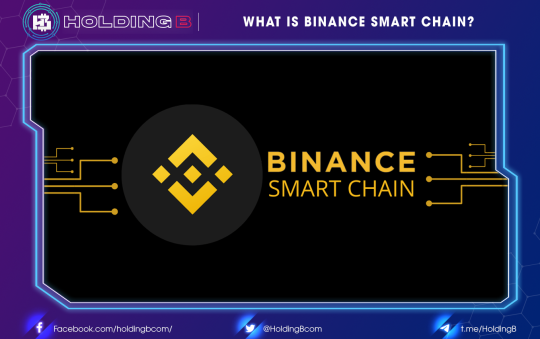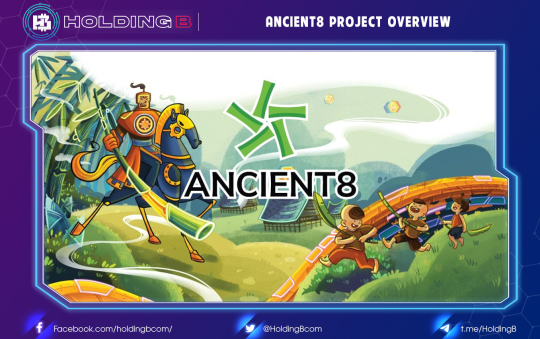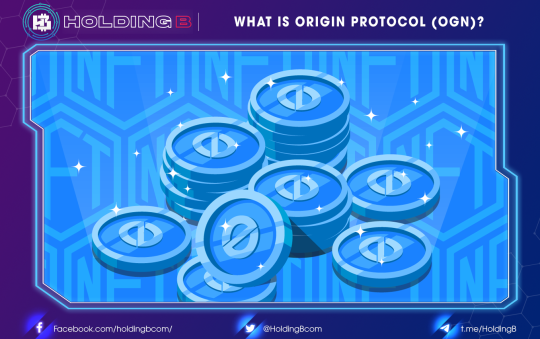It can be said that the ICO method began to gain popularity in 2014 when it was used to raise capital for the development of Ethereum. Since then, hundreds of blockchain projects have adopted it (especially in 2017), with varying degrees of success. Although the name suggests that an ICO is similar to an IPO, the two are fundamentally different methods of raising capital.Information about the IPO can be found here.
What is an ICO?
ICOs are another form of cryptocurrency that businesses use to raise capital. During an ICO, project teams create tokens on the blockchain to sell to early backers. This is the crowdfunding phase – users receive tokens that they can use immediately or in the future, and the project receives funds for development.
How do ICOs function?
Through the ICO fundraising model, startups can raise capital by issuing tokens on the blockchain and then distributing the tokens in exchange for a financial contribution. Depending on its functionality, the token can be classified as either a utility token or a security token.
The main reason for the boom of ICOs is that they ignore the transparency requirements of the IPO crowdfunding model. Therefore, projects and companies can easily use them to attract investors.
The barriers to ICO activities are very low. All that is needed is to set up a website, a bit of information about the project, and the fundraising form. The ICO model lacks supervision, anonymity, and protection for investors.
Utility token
Utility tokens, known as “user tokens” or “application coins”, represent future access to a business’s product or service. Through utility tokens, ICO startups can raise capital to fund the development of their blockchain projects in exchange for future users’ access to services.
In contrast to security tokens, investors are not offered an actual stake in a company’s currency if they purchase a utility token. Therefore, utility tokens were not created as an investment opportunity in the original sense.
An example of a utility token is “Filecoin,” which raised $257 million by selling a token that provides users with access to its decentralized cloud storage program.
Security Token
Instead of providing a tangible benefit to the investor, such as access to the ecosystem, a security token represents a part of the company that issues the token. Investors who purchase such tokens hope to get a return on their investment. Security tokens utilize the speed and efficiency of blockchain technology while benefiting from government-led regulatory measures that increase protection from fraud.
What is this token for?
This unique token acts like a currency, giving investors access to certain features of a project run by the issuer.
Usually, it is difficult to raise capital without a functional product. So ICOs could be a viable alternative to traditional fundraising for tech startups. In contrast, IPOs generally apply to already established businesses that sell shares as a way to raise capital.
What is a whitepaper? What purpose does it serve?
Usually, when a crypto startup wants to raise money through an ICO, they will often put their plans in a “white paper” to provide investors with important information.
This information will include, but is not limited to: what the project is about; the goals that the project will aim for upon completion; how much money is needed to make the venture; how many virtual tokens will the issuer keep to himself; what currency is accepted; how long will the ICO campaign run; and who is the team behind the white paper.
The ICO issuer prepares the white paper before launching the currency. It is a key component of ICOs, as many investors request a whitepaper before deciding whether to invest.
The distinction between an IPO and an IEO
In contrast to an Initial Coin Offering (ICO), an IEO is administered by a cryptocurrency exchange on behalf of the startup, and they seek to raise capital with newly issued tokens.
When a token sale is conducted on an exchange’s platform, token issuers must pay a listing fee along with a percentage of tokens sold during the IEO. In return, the crypto startups’ tokens are sold on the platforms of the exchange and their coins are listed after the IEO ends.
IEO participants must create an account on the platform of the exchange where the IEO is conducted. The contributors then fund their exchange wallet with coins and use that money to purchase tokens of the fundraising company.
An exchange’s reputation will be significantly damaged when supporting an IEO (Initial Exchange Offering), a scam project, so it’s in the exchange’s best interest that they conduct a thorough due diligence prior to hosting. IEOs
IEOs are often more reliable than projects funded by ICOs. For the project itself, the benefit of the IEO model is clarity, as they can access the exchange’s existing user base and marketing resources.
Closing thoughts
ICOs have been very effective as a vehicle for early-stage projects to obtain funding. After the success of Ethereum’s ICO in 2014, many organizations were able to raise capital to develop new protocols and ecosystems.
However, buyers should be conscious of what they are investing in. No returns are 100% guaranteed. Given the newness of the crypto space, investments in ICOs are high-risk, and there will be little protection for investors if the project fails to deliver a viable product.
See ya in the next article !
Don’t forget to follow useful articles about Crypto Market from team Holding B !!!
- Telegram Channel: https://t.me/HoldingBcom
- Telegram Group: https://t.me/HoldingB
- Website: https://holdingb.com/
- Twitter: https://twitter.com/HoldingBcom
- Facebook: https://www.facebook.com/holdingbcom





